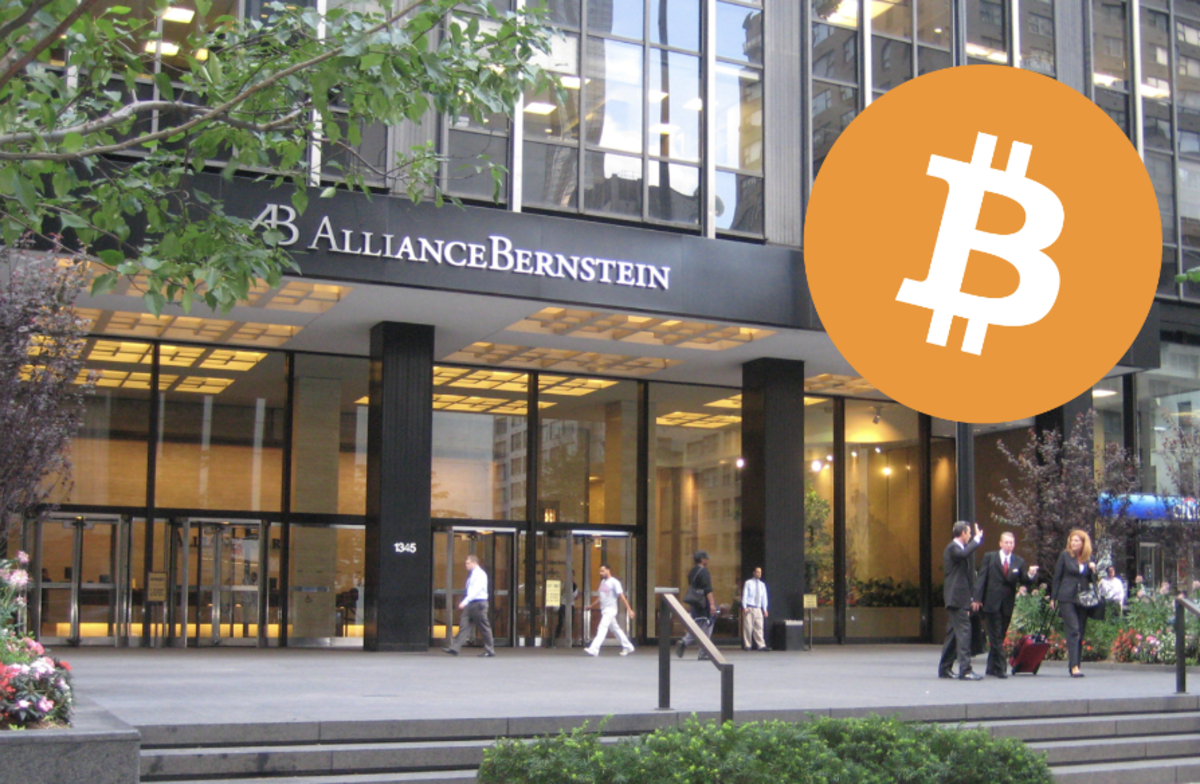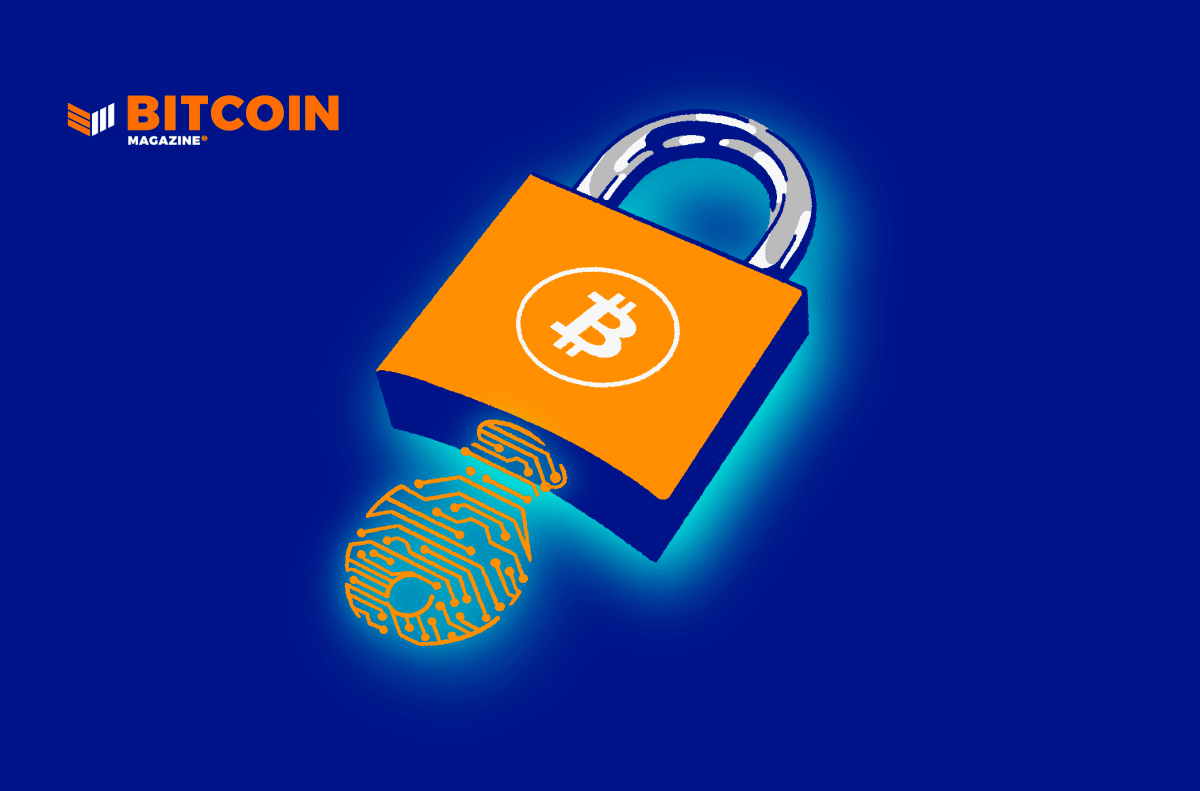Bitcoin Is The Only Investment-Grade Digital Asset

Every four years or so, bitcoin’s seemingly cyclical nature rears its head and the rise of another bull market begins. There are headlines across mainstream media outlets boasting massive price action, and droves of people start coming out of the woodwork to claim that they have been long on bitcoin for years! However, there is also another, more nefarious cyclical event that inevitably surfaces as well. The seemingly irresistible allure of alternative cryptocurrencies, tugging at the minds and wallets of individuals who are looking to recapture what bitcoin has achieved.
Those who think they have missed out on bitcoin begin looking to compensate by finding the next big thing, because they are plagued with the mindset that they somehow have “missed out” on bitcoin. There’s no shortage of these dubious crypto assets that claim to be able to unseat bitcoin. They might declare to have faster transactions, cheaper fees or that they are capable of more complex applications. There are literally thousands of these coins, and they have all failed to dethrone the king for 12 years running.
The truth is that none of them are even close. In actuality, when you look deeper than surface level, they are illiquid, insecure, centralized copycats perpetuated by bloated marketing budgets, seeking out dummies with deep pockets. They chase the wrong metrics, and are built with flawed incentive structures. Do not fall for the siren’s song. The reality is there is only one “investment-grade” digital asset — Bitcoin.
“100 out of 100 of the last conversations I’ve had with investors seriously looking to allocate, let’s say over 50 million dollars, 100% of those conversations have been about Bitcoin and 0% of them have been about any other crypto asset.”
Robert Gutmann, CEO of NYDIG
Crypto Copy Cats Will Continue To Fall Short
Silicon Valley startups go to sleep at night, and dream about building something that captures the massive returns that bitcoin has offered. Bitcoin has gone from being an idea on a white paper worth $0 to having a $700 billion market cap in just 12 years’ time. All with no funding. No CEO. No marketing team. Just the correct set of economic incentives, embodied in a robust protocol that continues to grow and adapt against all odds. What Silicon Valley’s tech crowd is failing to realize is that this is not solely a competition for who has the best technology or marketing strategy. Bitcoin is truly the first creation of digital scarcity, and was built in such a way that once its first version was released, it would never change.
“When tech workers see Bitcoin, they want to fiddle with different parameters: block size, monetary policy, it’s core capability/utility, etc. This is exactly the right mindset when building applications, but the wrong mindset when it comes to building the base layer of the financial system.”
Dan Held, “Why Silicon Valley Doesn’t Get Bitcoin”
The tech contingent in Silicon Valley can continue to launch VC-funded cryptocurrency projects by the thousands. When they get their hands on these cryptocurrency projects, their first instinct is to tinker. They want to tweak and prod at existing structures and rules, or as the more commonly-used Mark Zuckerberg moniker states “move fast and break things.”
This is exactly the opposite of what you would want to do with the software underpinning a $700 billion financial network. Their efforts fail to realize that it is precisely these boring, slow and unchangeable characteristics of Bitcoin that make it so great. At its core, a base layer protocol that aims to be the foundation upon which an entire financial system is built should be exactly that. Rigid, slow-moving, precise and unchangeable.
Blockchain Buzzwords And Decentralization Theater
Crypto projects everywhere are trying to woo investors with marketing efforts, business partnerships and buzzwords like “blockchain technology.” Their marketing budgets may be large, but their words are hollow.
Many crypto projects love to plaster the term “decentralized” all over their websites and marketing materials, as if it gives their coin an air of legitimacy. Here’s the bad news: If your cryptocurrency has a website, a pitch deck, a marketing budget, an HR department and a CEO that can ultimately be called before Congress… well then, it’s not quite decentralized is it?
True Decentralization
Bitcoin’s code base is maintained by a widely-dispersed set of developers all over the world, and its network is made up of tens of thousands of individuals freely choosing to run its open-source software. With Bitcoin, there is no marketing budget. In fact, there’s no marketing department at all. There is no leader, no CEO and no HR department. Bitcoin does not have employees on a payroll. Rather, Bitcoin works by aligning human action through a series of elegantly-balanced economic incentives.
It’s decentralized. No company controls it. No government regulates it. It runs on thousands and thousands of decentralized nodes and the obvious thing it is, is an investment-grade safe haven treasury reserve asset.
Michael Saylor, Founder and CEO of MicroStrategy
Buyers are incentivized to hold, miners are incentivized to be honest actors, developers are incentivized to commit code, and network participants are incentivized to enforce the consensus rules of the network.
Bitcoin even has its brand marketing taken care of. There are thousands of evangelists, writers, podcasters and educational content creators alike who all feel compelled enough to take up the task best suited to them. Out of their own free will, they work to propel the network forward, and push for the mainstream adoption of this nascent digital asset because they believe in the protocol rules and monetary policy enabling a non-sovereign sound money to emerge on the free market. This is what true decentralization looks like.
More Than Just Technology
Yes, at its core, Bitcoin is just code. It is a software program, widely dispersed and run on individuals’ computers. But do not let that confuse you into thinking this is solely about technology. Bitcoin’s success is rooted in monetary and social revolution as well. It is the antithesis of the debt-based monetary system we have today. Its network effects have propelled it outside of reach from any competitors for a myriad of reasons. Chief among those is its ability to incentivize humans to carry out the protocol rules via social consensus.
“The social layer and its rules are the heart of bitcoin. But the protocol layer makes them enforceable for the first time, while simultaneously making the social contract more credible to outsiders.”
Hasu, “Unpacking Bitcoin’s Social Contract”
Entrenchment Is Growing
Regulatory Entrenchment: Entrenchment by both investors and regulators has gained significant momentum over the last several years. On the regulation front, we have seen the following individuals placed in prominent positions within the new administration:
- Gary Gensler, U.S. Securities And Exchange Commission Chief: Taught cryptocurrency course at the Massachusetts Institute of Technology
- Chris Brummer, Commodity Futures Trading Commission Chair (pending confirmation): Authored a book titled “Cryptoassets: Legal, Regulatory, and Monetary Perspectives”
- Brian Brooks, Acting Comptroller of the Currency: Former chief legal officer at Coinbase, the leading cryptocurrency exchange in the U.S.
Institutional Entrenchment: Prolific investors like Paul Tudor Jones, Stanley Druckenmiller and the like have removed career risk for interested money managers. We have also seen an increase of adoption from hedge funds, financial institutions and publicly-traded companies like MicroStrategy and Square, which chose to allocate treasury reserves in bitcoin.
None of these significant players listed above are here to pump altcoins, or dubious VC-backed cryptocurrency projects. They are all here for Bitcoin and Bitcoin only. The main reasons for that are clear and obvious. Bitcoin is king when it comes to three core tenets of an investable asset — liquidity, security and the credibility of its monetary policy.
Bitcoin has grown and flourished for 12 years and counting. It has withstood network attacks, gained adoption and its heart has kept beating, cranking out a new block of transactions every 10 minutes.
However, chief among all characteristics that make bitcoin the only investment-grade digital asset is the credibility of its hard-capped supply, rooted in its protocol rules since inception. It is the cornerstone of what makes Bitcoin the most significant alignment of computer science, economics and game theory ever discovered. There will only ever be 21 million bitcoin.
This is a guest post by Nick Ward. Opinions expressed are entirely their own and do not necessarily reflect those of BTC Inc or Bitcoin Magazine.
The post Bitcoin Is The Only Investment-Grade Digital Asset appeared first on Bitcoin Magazine.









